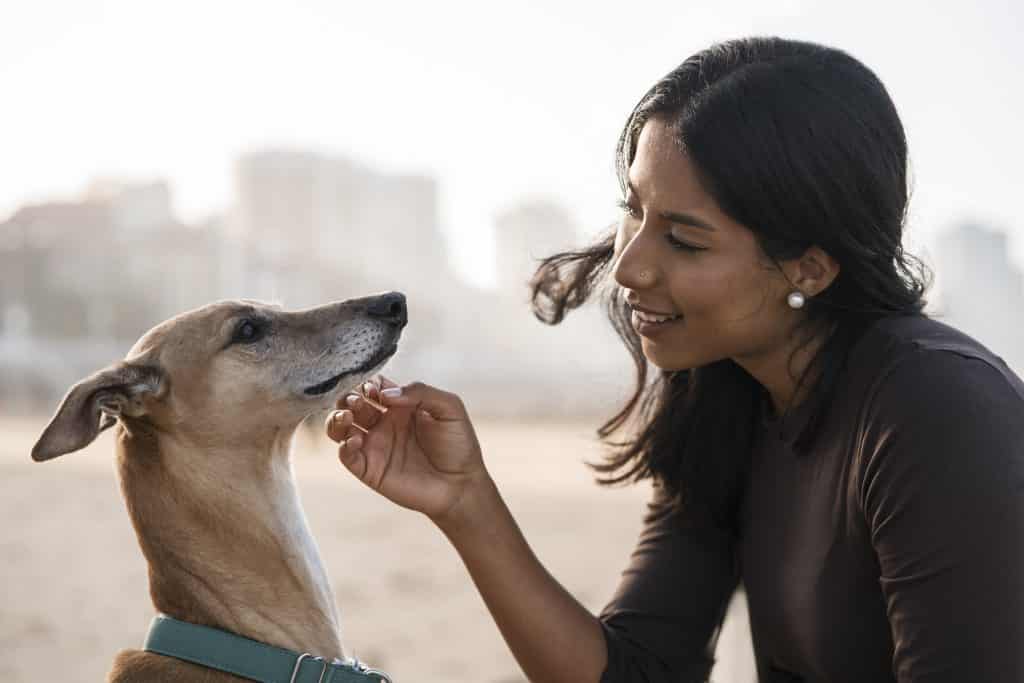Decoding Your Pets’ Behaviour
Understanding the small things of dog behaviour is critical to developing a strong and meaningful connect with our furry friends. With their wide range of qualities and attributes, dogs have been our devoted friends for ages. We will explore the complex realm of dog behaviour in this blog article, illuminating the distinctive characteristics that set each dog apart from the others. You’ll become a more responsible and knowledgeable dog owner as well as improve your relationship with your four-legged friend by learning about these unique characteristics.

The Social Canine: A Pack Animal at Heart
Dogs are social creatures by nature; this has been imprinted in their DNA throughout years of coevolution with humans. Understanding many of their behaviours requires an understanding of this social component. Dogs live in packs in the wild, and this pack mentality frequently permeates domestic life. The relationship you have with your animal companion can be enhanced by incorporating this understanding into your interactions.
Body Language: The Silent Communication
Reading dogs’ body language is an important aspect of understanding their behaviour. Dogs communicate not only through barks and whines, but also through nuanced motions and expressions. Take note of their general stance, ear position, and rate at which their tail wails. A wagging tail, for example, might indicate excitement, fear, or worry in addition to happiness. Acquiring the ability to interpret these signs will enable you to react suitably, promoting a more amicable rapport.
The Power of Scent: A Dog’s Worldview
Dogs use their sense of smell to perceive the world mostly. Their keen sense of smell influences how they perceive their surroundings and social interactions. Scent-based activities like scent games or introducing new odours on walks help your dog engage with their senses while also stimulating their minds, appealing to their innate curiosity. In addition to improving their general wellbeing, this sensory interaction gives them a way to engage their minds.
Breed-Specific Traits: Embracing Diversity
Every dog breed has its own set of qualities and attributes. Understanding these characteristics unique to each breed can help you customise your training and care methods. Breeds used for herding, for instance, might have a high drive to pursue, but breeds used for hunting might have a higher prey drive. You may foster an atmosphere that supports your dog’s innate tendencies and make them happier and more balanced by being aware of their innate qualities.
Training Techniques: Positive Reinforcement for Lasting Results
Positive reinforcement without dominance, is the key to effective training. Dogs are incredibly receptive to praise and encouragement. Prioritize rewarding positive behaviour above punishing negative behaviour while teaching fundamental tasks or dealing with behavioural concerns. This method improves your dog’s learning process while also fostering a trustworthy relationship.
The Role of Exercise: A Happy Dog is a Well-Exercised Dog
Dogs need to be physically active for their general wellbeing. Frequent exercise helps them focus their energies in positive directions in addition to maintaining their physical fitness. Daily walks, interactive play, and even cerebral stimulation games help to minimise boredom and lower the risk of behavioural problems. Dogs who are fatigued tend to be content dogs, and happy dogs are more likely to behave well.
Conclusion
As we solve the puzzles around dog behaviour, we set out to improve and deepen our bond with our cherished companions. Understanding the social nature of dogs, deciphering their nonverbal clues, accepting breed-specific characteristics, and using positive reinforcement methods transforms us from dog owners into kind protectors of our four-legged friends. Understanding, patience, and the shared joy of companionship are the keys to a good and peaceful partnership, as we learn as we explore the fascinating world of canine behaviour.

